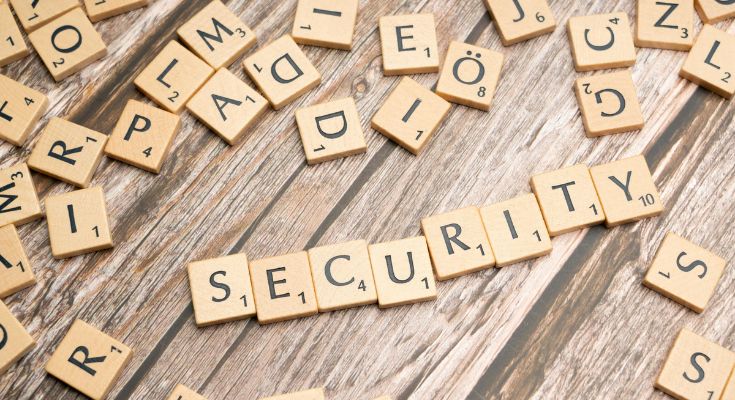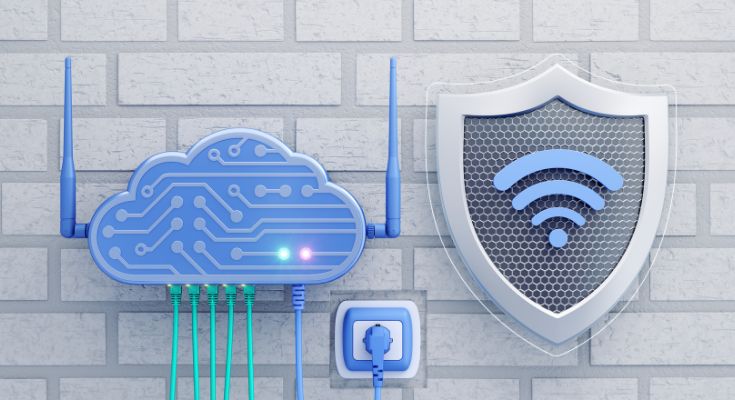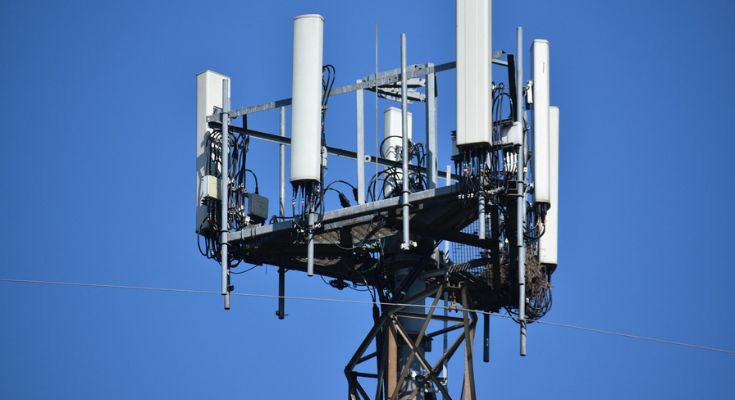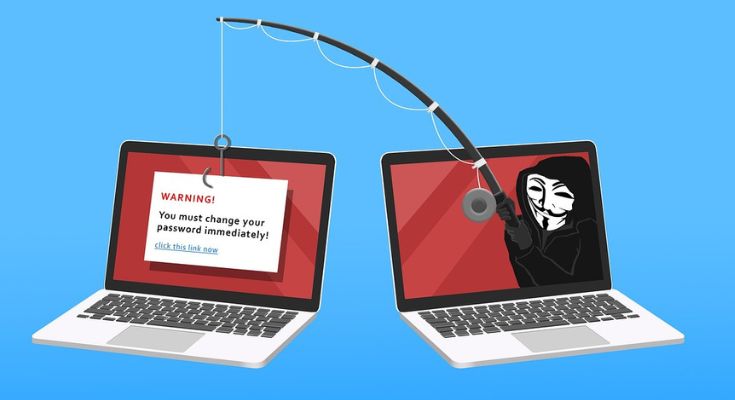We live in a hyper-connected world. From our smartphones and laptops to our smart homes and wearable devices, we’re constantly online, sharing data, and interacting with digital systems.
While this connectivity offers incredible convenience and opportunities, it also exposes us to a growing number of cybersecurity threats. This blog post will explore the latest threats, like ransomware and data breaches, and provide actionable tips for staying safe online.
The Evolving Threat Landscape: What’s New?
Cybersecurity threats are constantly evolving, becoming more sophisticated and insidious. Here are some of the most prevalent threats we face today:
- Ransomware: This malicious software encrypts your files, rendering them inaccessible until you pay a ransom to the attackers. Ransomware attacks are becoming increasingly targeted and sophisticated, often hitting businesses and critical infrastructure.
- Data Breaches: These incidents involve unauthorized access to sensitive data, such as personal information, financial details, or intellectual property. Data breaches can have devastating consequences for individuals and organizations, leading to identity theft, financial losses, and reputational damage.
- Phishing: This deceptive tactic involves tricking individuals into revealing sensitive information, such as passwords or credit card numbers, by impersonating legitimate organizations or individuals. Phishing attacks are becoming increasingly sophisticated, making it harder to distinguish them from genuine communications.
- Malware: This broad category encompasses various malicious software, including viruses, worms, and spyware, designed to harm or disrupt computer systems. Malware can be spread through email attachments, infected websites, or downloaded files.
- IoT Vulnerabilities: The proliferation of Internet of Things (IoT) devices, such as smart home appliances and wearables, has created new attack vectors for cybercriminals. Many IoT devices have weak security, making them vulnerable to hacking.

Staying Safe Online: Practical Tips and Best Practices
Protecting yourself from cyber threats requires a proactive approach. Here are some essential tips and best practices to follow:
- Use Strong Passwords: Create unique, complex passwords for each of your online accounts. Use a combination of uppercase and lowercase letters, numbers, and symbols. Consider using a password manager to securely store and manage your passwords.
- Enable Two-Factor Authentication (2FA): 2FA adds an extra layer of security by requiring a second form of verification, such as a code sent to your phone, in addition to your password.
- Be Wary of Phishing Emails and Links: Be cautious of emails or messages that ask for your personal information or contain suspicious links. Never click on links from unknown senders or enter your login credentials on unfamiliar websites.
- Keep Your Software Updated: Regularly update your operating system, applications, and antivirus software to patch security vulnerabilities.
- Install and Maintain Antivirus Software: Antivirus software can detect and remove malware from your computer. Make sure to keep your antivirus software up-to-date.
- Back Up Your Data Regularly: Regularly back up your important files to an external drive or cloud storage. This will allow you to recover your data in case of a ransomware attack or other data loss incident.
- Be Careful What You Share Online: Be mindful of the information you share online, especially on social media. Avoid sharing sensitive information, such as your address, phone number, or financial details.
- Secure Your Wi-Fi Network: Use a strong password to protect your home Wi-Fi network and enable WPA2 or WPA3 encryption.
- Be Cautious with Public Wi-Fi: Avoid using public Wi-Fi networks for sensitive activities, such as online banking or shopping, as these networks are often unsecured.
- Educate Yourself: Stay informed about the latest cybersecurity threats and best practices. Follow cybersecurity news and blogs to keep up-to-date on emerging threats.
The Role of Organizations and Governments
While individuals have a crucial role to play in cybersecurity, organizations and governments also have a responsibility to protect their systems and data. This includes:
- Investing in Cybersecurity Infrastructure: Organizations need to invest in robust cybersecurity infrastructure, including firewalls, intrusion detection systems, and security information and event management (SIEM) tools.
- Implementing Security Policies and Procedures: Organizations should develop and implement comprehensive security policies and procedures to guide employee behavior and ensure data protection.
- Providing Cybersecurity Training: Organizations should provide regular cybersecurity training to employees to educate them about the latest threats and best practices.
- Collaborating and Sharing Information: Organizations and governments need to collaborate and share information about cyber threats to better protect themselves and the public.
Conclusion: A Shared Responsibility
Cybersecurity is a shared responsibility. Individuals, organizations, and governments all have a role to play in protecting themselves and their data from cyber threats.
By following the tips and best practices outlined in this blog post, we can create a more secure online environment for everyone. Staying vigilant and informed is key in this ever-evolving digital landscape.









